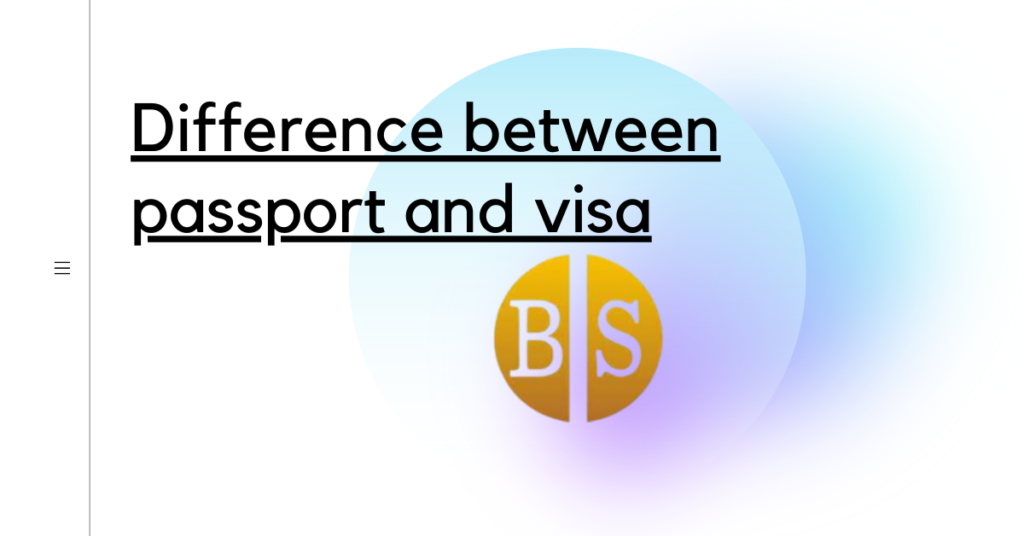Two of the most used terms in travel vocabulary are ‘passport’ and ‘visa’. For travelling outside your country, the passport is a necessary document. Every year, every country sees its passport ranked according to its power. Basically, how many countries you need to obtain a visa to travel to on a certain passport.
In 2018, for example, the Indian passport is ranked at 66th position, with Singapore citizens holding the most powerful passport in the world.
This year, Indian passport holders can travel without a visa to 25 countries. 41 countries offer Indian passport holders visa on arrival, while 132 countries require Indians to travel with a pre-arrival visa.
The passport is a document that the national government issues to a citizen of the country. The passport is a document of identity and contains a person’s name, date of birth, gender, address and place of birth. The purpose of a passport is to identify the holder of the document. For Indians, the navy blue ordinary passport needs to be renewed every 10 years.
A visa is an official permission that a certain country needs to grant a passport holder of another country before their visit to the former country. A visa is a temporary authorisation for a passport holder to travel to a country other than the one he or she holds a passport of.
The visa is usually stamped on a passport, but at times, it can be a separate document too.
The Indian government issues three types of passports to Indian citizens.
1. Ordinary passport: An ordinary passport is navy blue in colour and is issued for ordinary travel or business trips.
2. Diplomatic passport: The cover of a diplomatic passport is maroon in colour. It is issued only to Indian diplomats, diplomatic couriers or top-ranking government officials.
3. Official passport: Apart from the navy blue and maroon passports, the Indian government also issues a white-cover passport to individuals who are representing the Indian government on official business.
The Indian government also planned to introduce orange passports earlier this year, but had to drop the plan after severe criticism from various quarters. The orange passports were to be issued to Indians who needed an Emigration Check. The plan was to facilitate the process of checks at airports but among the criticism orange-jacket passports received was that it would lead to discrimination of the ones who hold it.
The orange passport was to be issued to those who have not passed their Class 10 examination.
Apart from this, if an Indian travelling abroad loses his or her passport in a foreign country, the Indian Embassy in the country usually grants an Emergency Certificate with which the person can travel back to India.
TYPES OF VISA
There are some basic types of visa that every country grants its visitors, but the specific categories of visa differ from nation to nation. The broad categories of visa are the following.
1. Tourist visa: A country grants a tourist visa to a visitor for touristic travel purposes.
2. Transit visa: A transit visa is issued to a person if he or she is travelling through a certain country and not staying there. A transit visa is usually valid for 5 days or less (depends on the country that serves as a transit point) and is granted if a person is passing through a second country to reach a third destination.
3. Business visa: Businessmen who wish to travel to a country for commercial activities are granted a business visa.
4. Temporary worker visa: This category of visa is for workers who are temporarily employed in a foreign country.
5. Student visa: As the name says, a student visa is for students who go to study in a foreign country.

